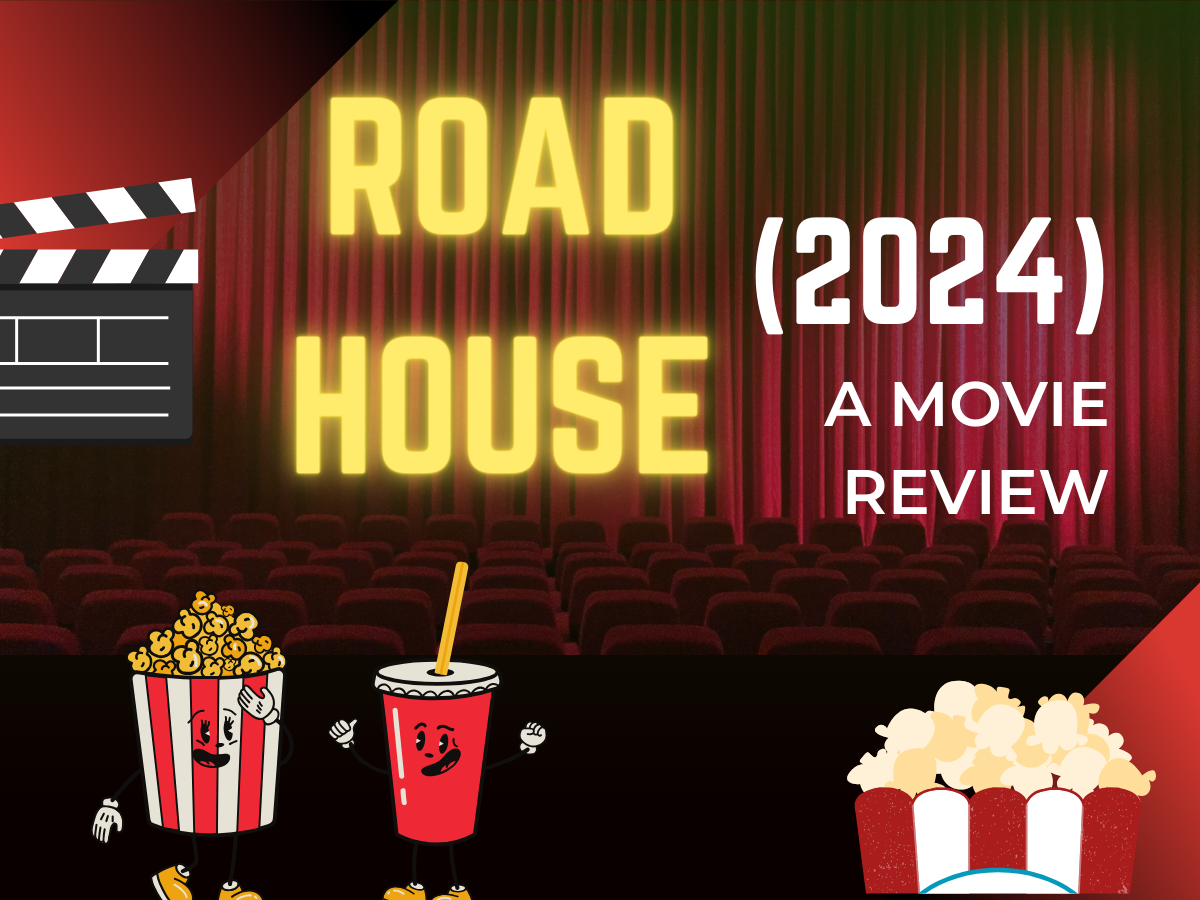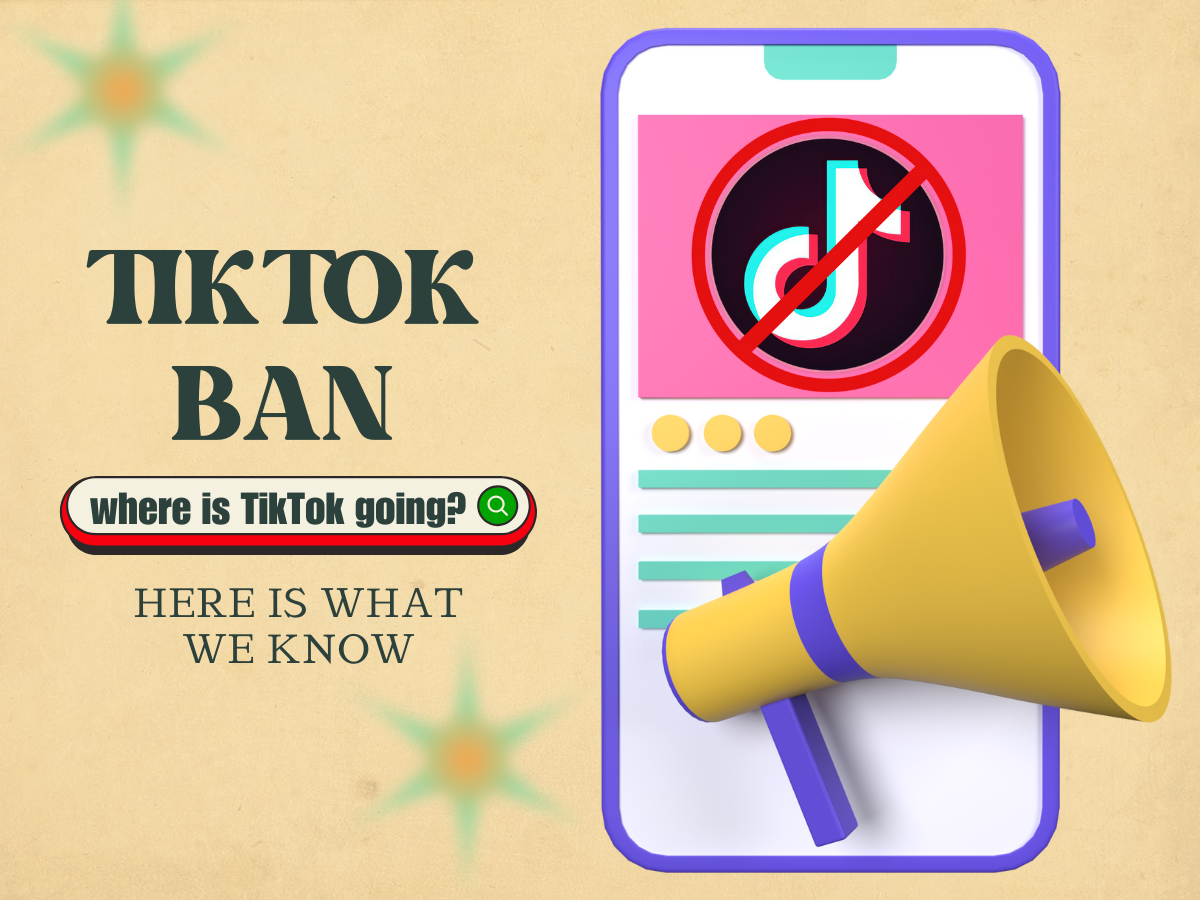Associated Press
NEW YORK — The pattern looks eerily familiar.
The stock market scampers up to historical heights to start the year then gets knocked on its back. Last year, worries about Greece and the U.S. economy helped flatten a rally by June. The year before it was an earthquake and tsunami in Japan along with a political fight in Washington.
This year, the stock market raced off to its best start since 1997. So, what could squash the good cheer this time?
The top candidates are two of the same culprits from the previous years: Europe and Washington. But the big difference is that the U.S. economy, Corporate America and Europe are all in much better shape, investors say. A slump this year shouldn’t be as bad.
“Even if we’re tired of hearing about the dangers, dismissing them hasn’t been a smart thing to do for the past few years,” says Dan Greenhaus, chief global strategist at the brokerage BTIG.
History never repeats itself, exactly, but people who play with numbers for a living see patterns. Last year, strong corporate earnings and steady growth in the U.S. economy drove the S&P 500 index up 8 percent by the middle of February. Less than three months later, fears that Greece would drop the euro currency and a surprisingly weak employment report left the index back where it started.
In 2011, the broad-market index staggered higher to start the year, reaching a peak in May with a 9 percent gain. By August, it was all gone. That echoed the year before, and the year before that.
“It’s funny how at the beginning of the year everybody gets excited and then by the middle of the year it’s, ‘Everything stinks,'” Greenhaus says.
Over the past week, Europe’s troubles have recaptured investors’ attention. In Spain, charges of bribery have put pressure on Prime Minister Mariano Rajoy to resign. In Italy, polls show strong support for Silvio Berlusconi, the former prime minister, in elections later this month. The scandal-plagued Berlusconi has called for billions in tax rebates and amnesty for Italians who haven’t paid them.
Both developments have heightened concerns that the two countries will be able to handle their struggling banks as well as their debts. As a result, interest rates for Spanish and Italian government bonds have edged higher over recent days.
But the damage won’t be as deep as in prior years. Borrowing costs for Spain and Italy remain far below levels reached last year, thanks to the European Central Bank’s pledge to stand behind the hardest hit countries and protect the euro currency. Last July, for example, the cost for Italy’s government to borrow from the bond market for 10 years topped out at 7.5 percent. On Friday, February 8, after creeping higher all week, it was 4.5 percent.
The European debt crisis no longer has Wall Street’s investment banks on a leash. Back in October 2011, fears that Greece would be unable to get another lifeline from lenders helped push Goldman Sachs’s stock as low as $84.27. It’s now $151.11.
Jeffrey Kleintop, the chief market strategist at LPL Financial, says the ECB’s pledge largely removed the prospect of a financial crisis spreading from Europe to the rest of the world. Even though the scariest threat is gone, Europe’s economic troubles still pose a risk.
If Germany, for instance, gets pulled into a recession with the rest of the region, the pain is bound to spread, Kleintop says. Added together, the 17 countries that use the euro rank as the world’s second-largest economy. Europe is also China’s top customer for exports.
The other major concern for investors stems from Washington, where drawn-out budget battles have turned into an annual event. Steep spending cuts are scheduled to kick in Saturday, March 1, unless Congress and the White House find a way to avoid them. Previous high-stakes talks have rattled financial markets.
In August 2011, a fight over raising the government’s borrowing limit ended with the country losing its top credit rating and panicked investors fleeing for safety. Worries that lawmakers would fail to avoid budget cuts known as the “fiscal cliff” were blamed for the stock market’s swoon last fall.
There’s little agreement about what will happen this time, except that it won’t be nearly as bad. Some think that investors have seen enough budget brawls that they won’t be fazed by another one.
“People are pretty much sick of hearing about this,” says Joseph Tanious, the global market strategist at JPMorgan Funds.
The S&P 500 is already off to its best start in decades, after climbing 6 percent this year. Kleintop, however, says the buoyant mood is unlikely to last. If more companies keep warning of slower earnings in the coming weeks, the pile-up of worries could unnerve investors. Without another last-minute deal between Congress and the White House to avoid the budget cuts, the stock market’s gains could be erased as early as March, Kleintop says.
The good news is that even those who believe the ride is about to get bumpy expect it to end well. Unlike previous years, it’s hard to find anyone predicting a crash or a replay of 2008. They mainly believe the stock market can’t keep up its blistering start. Repeat the S&P 500’s surge in January over the rest of 2013 and it works out to an annual gain of 79 percent — roughly nine times better than the historical average.
For all his skepticism, Kleintop expects the S&P 500 to end the year trading around where it is now. He’s drawn up a list of companies he plans to scoop up after the next big drop.
“It will be a buying opportunity,” he says. “We’ll be ready to step in, because this bull market isn’t over.”






